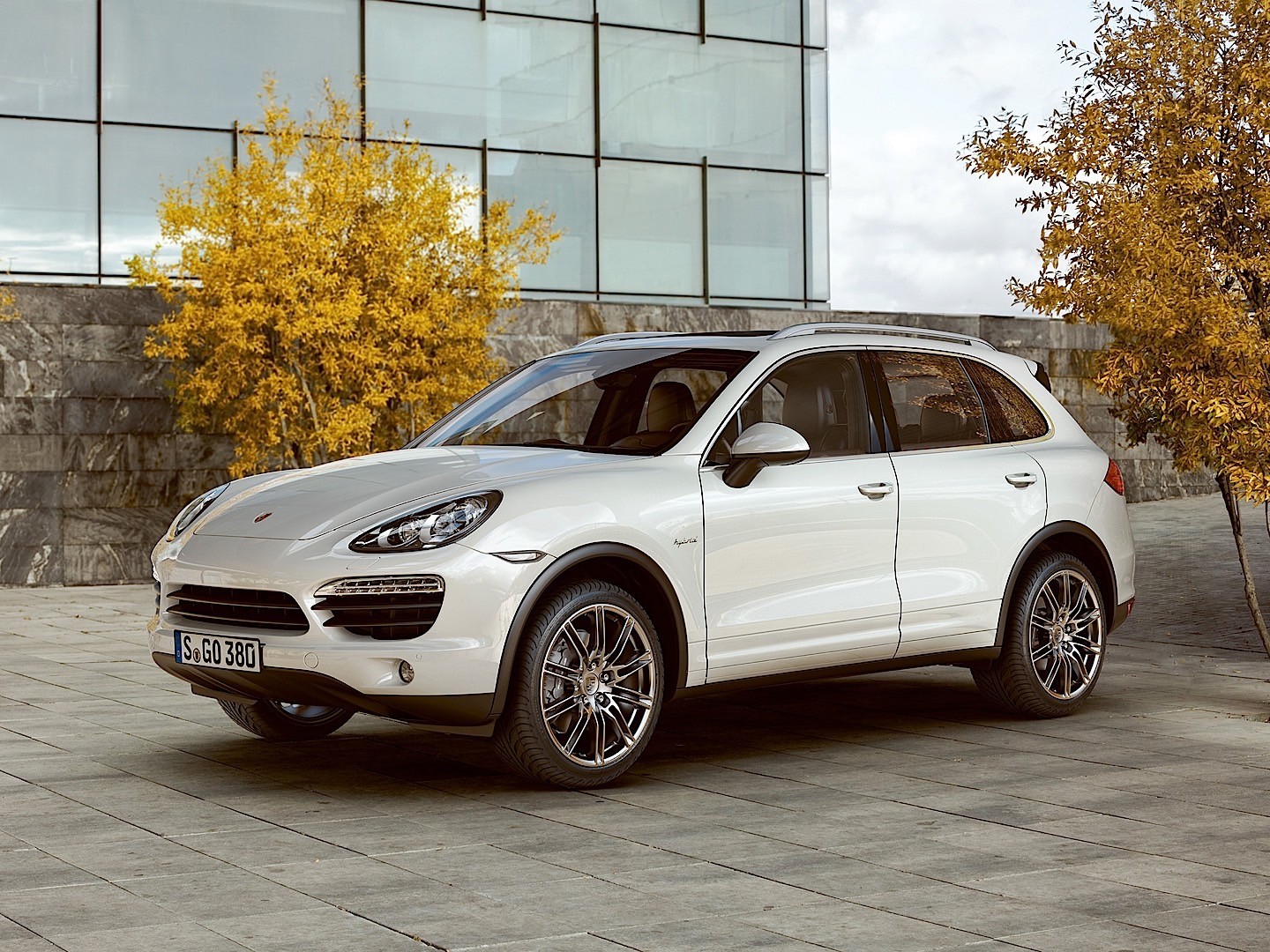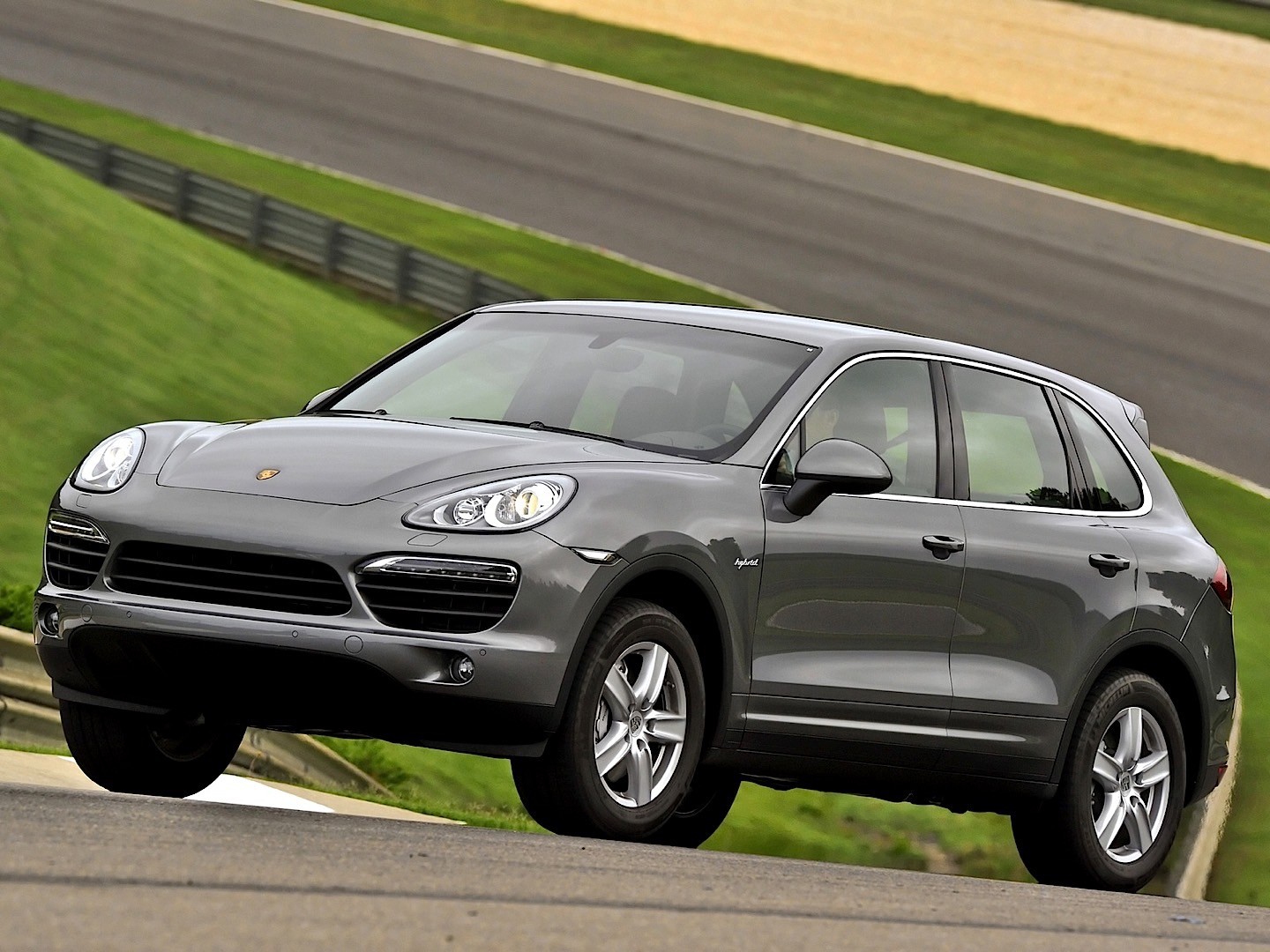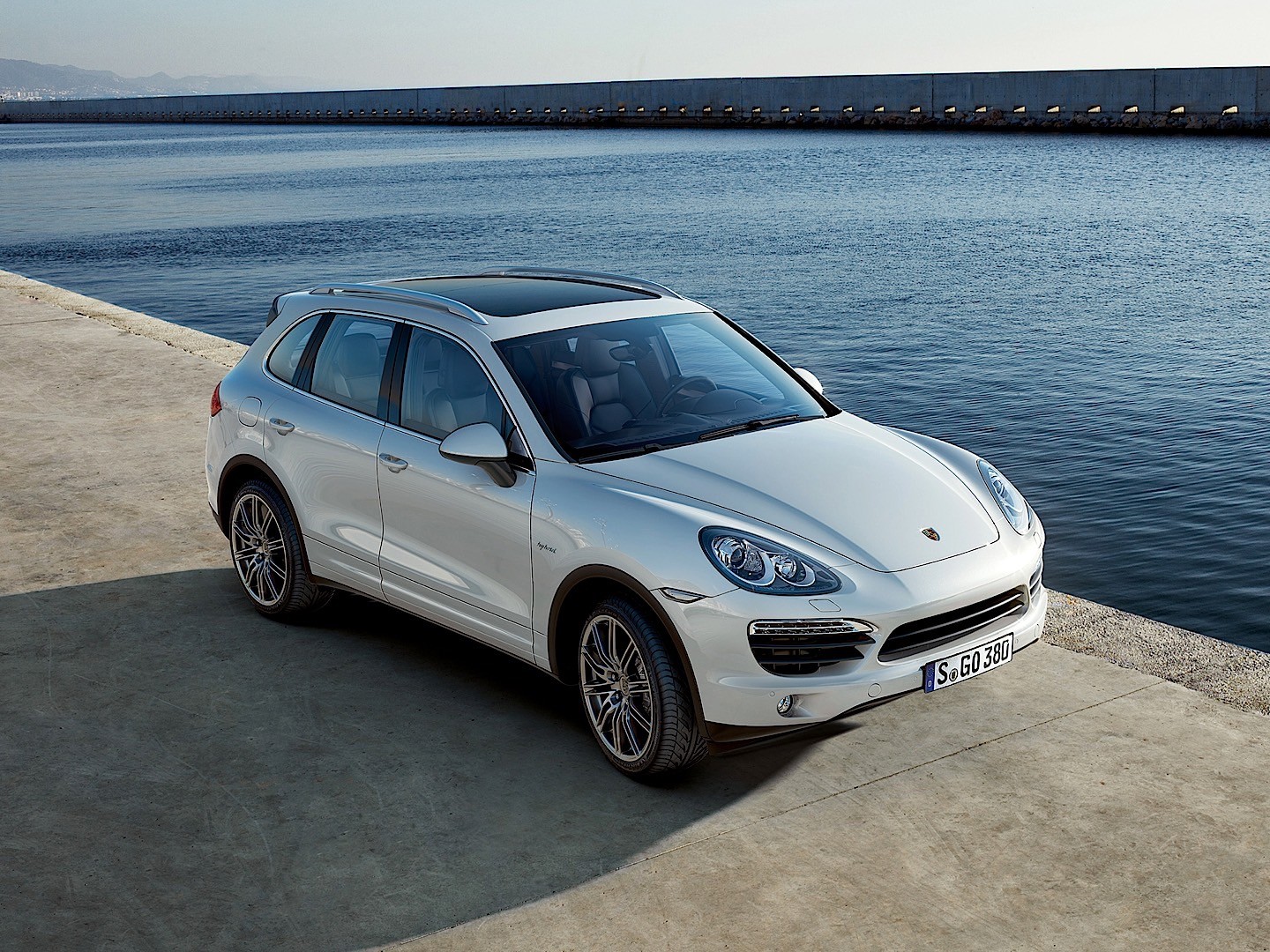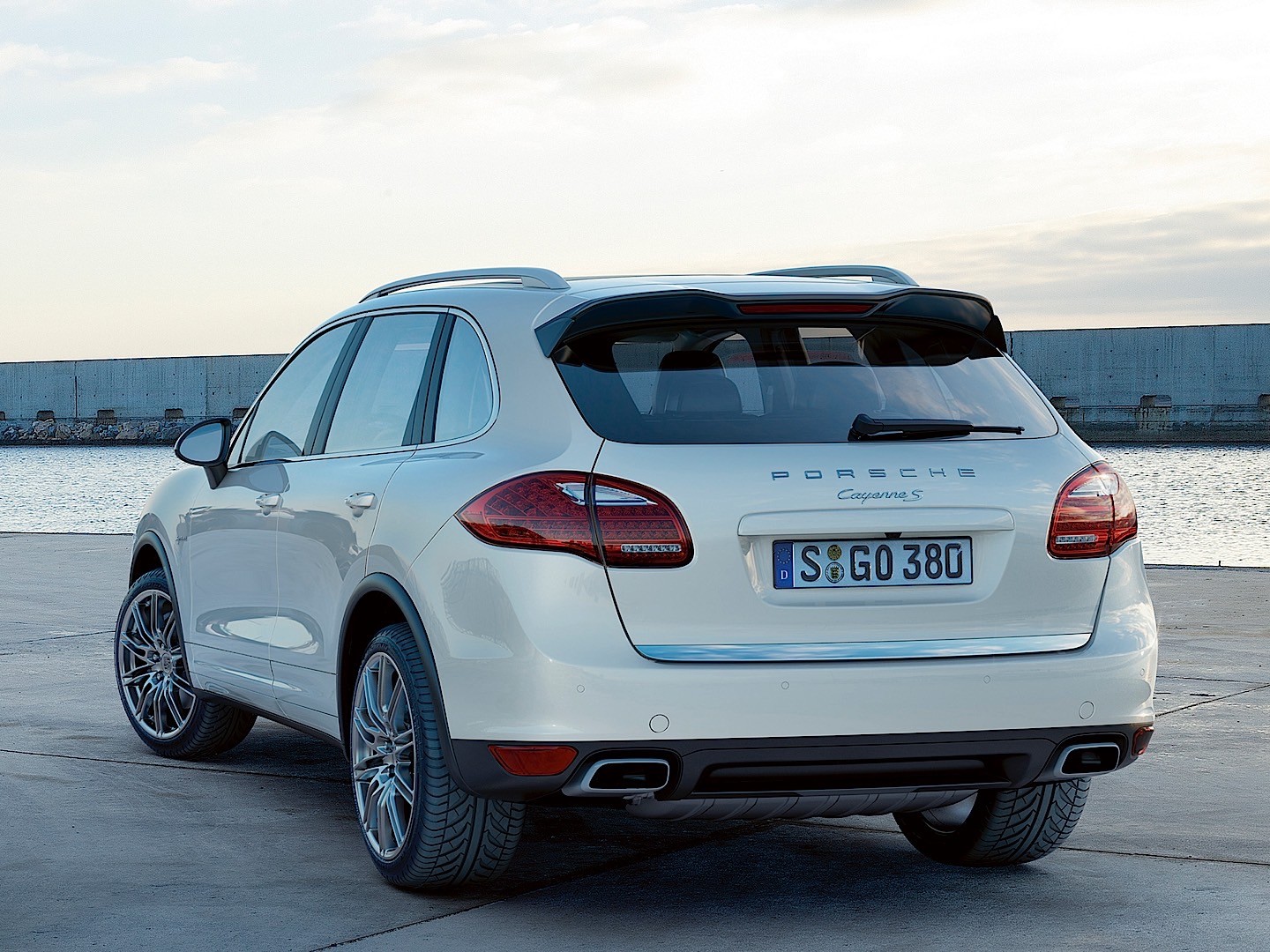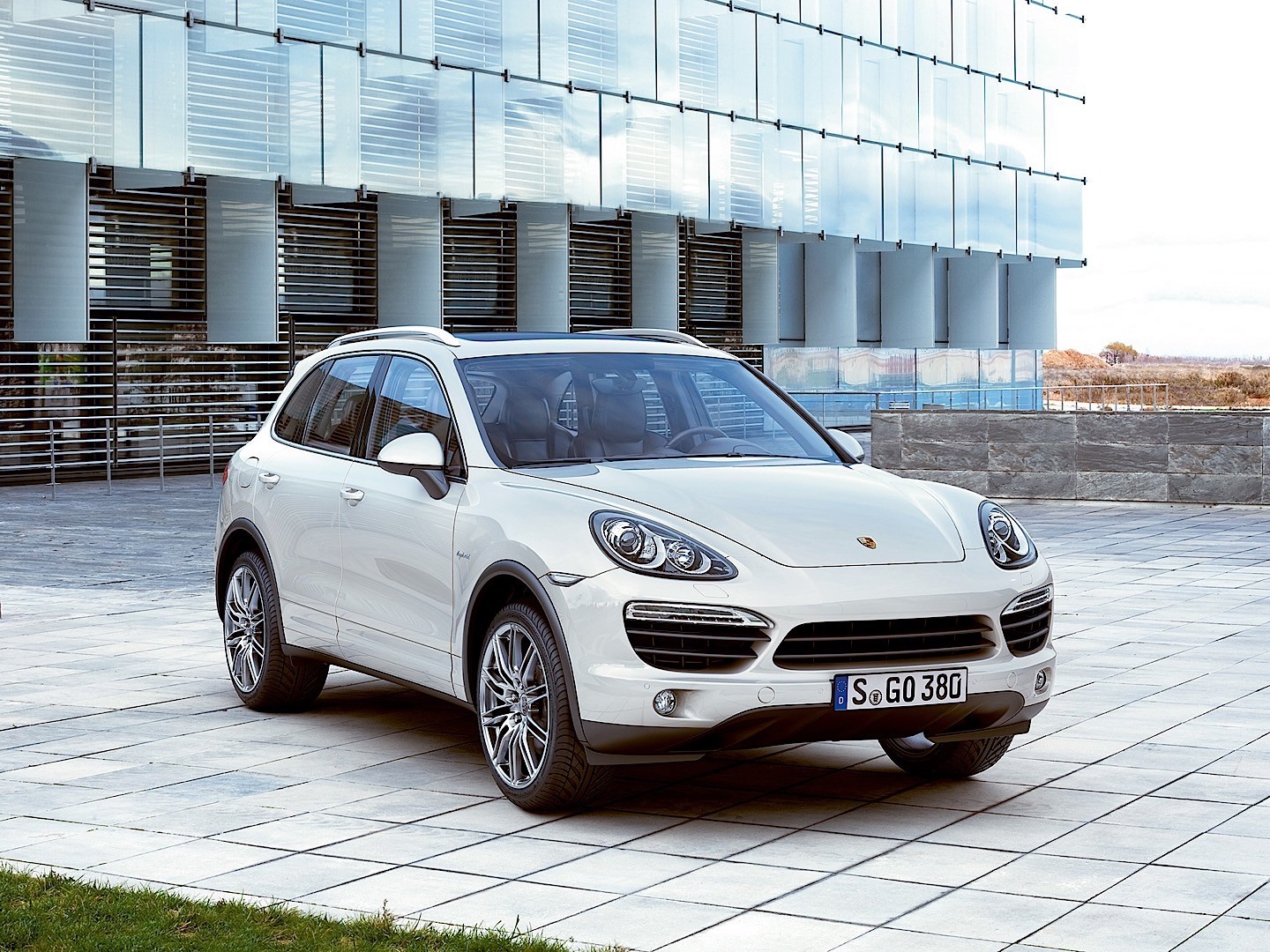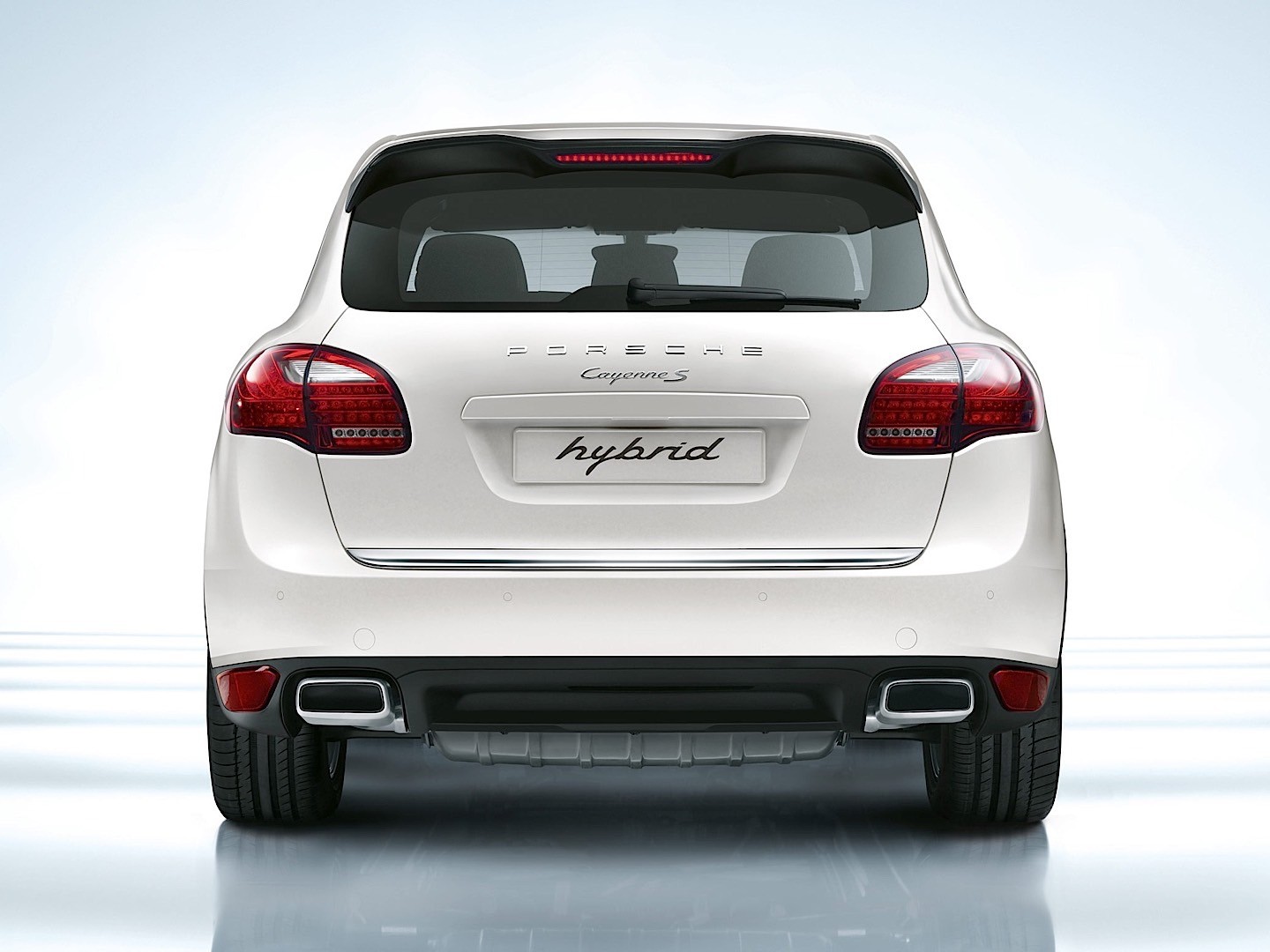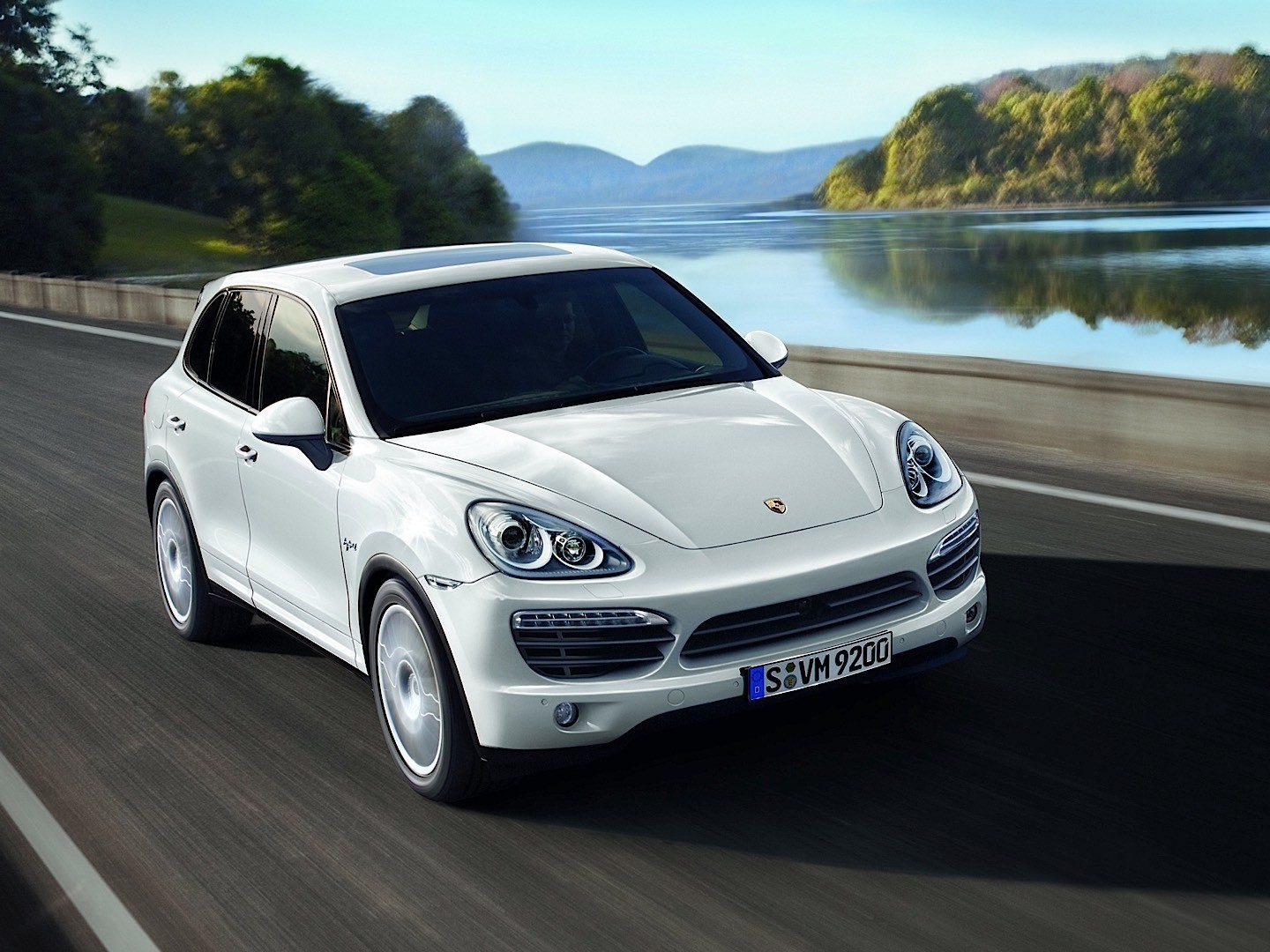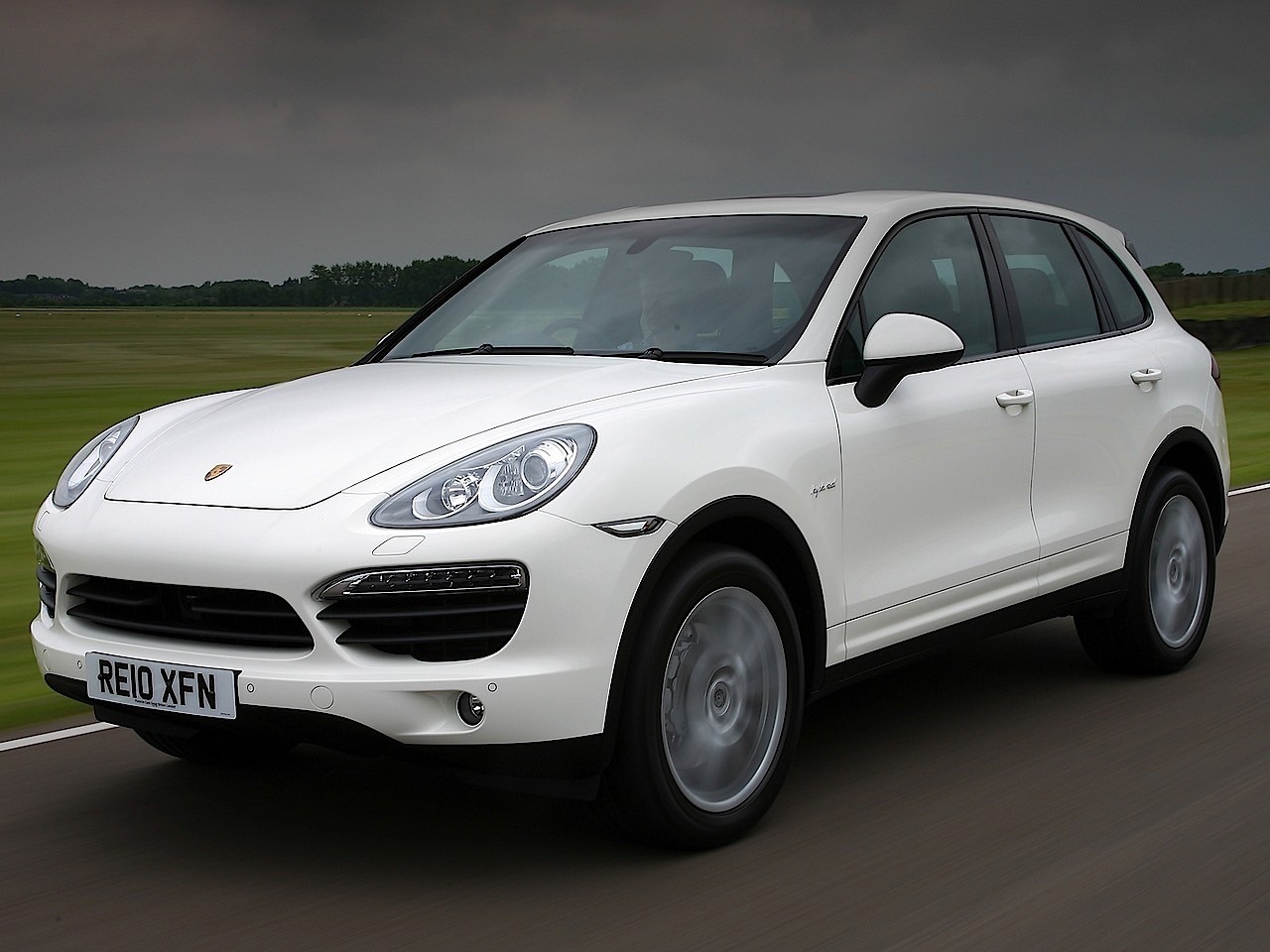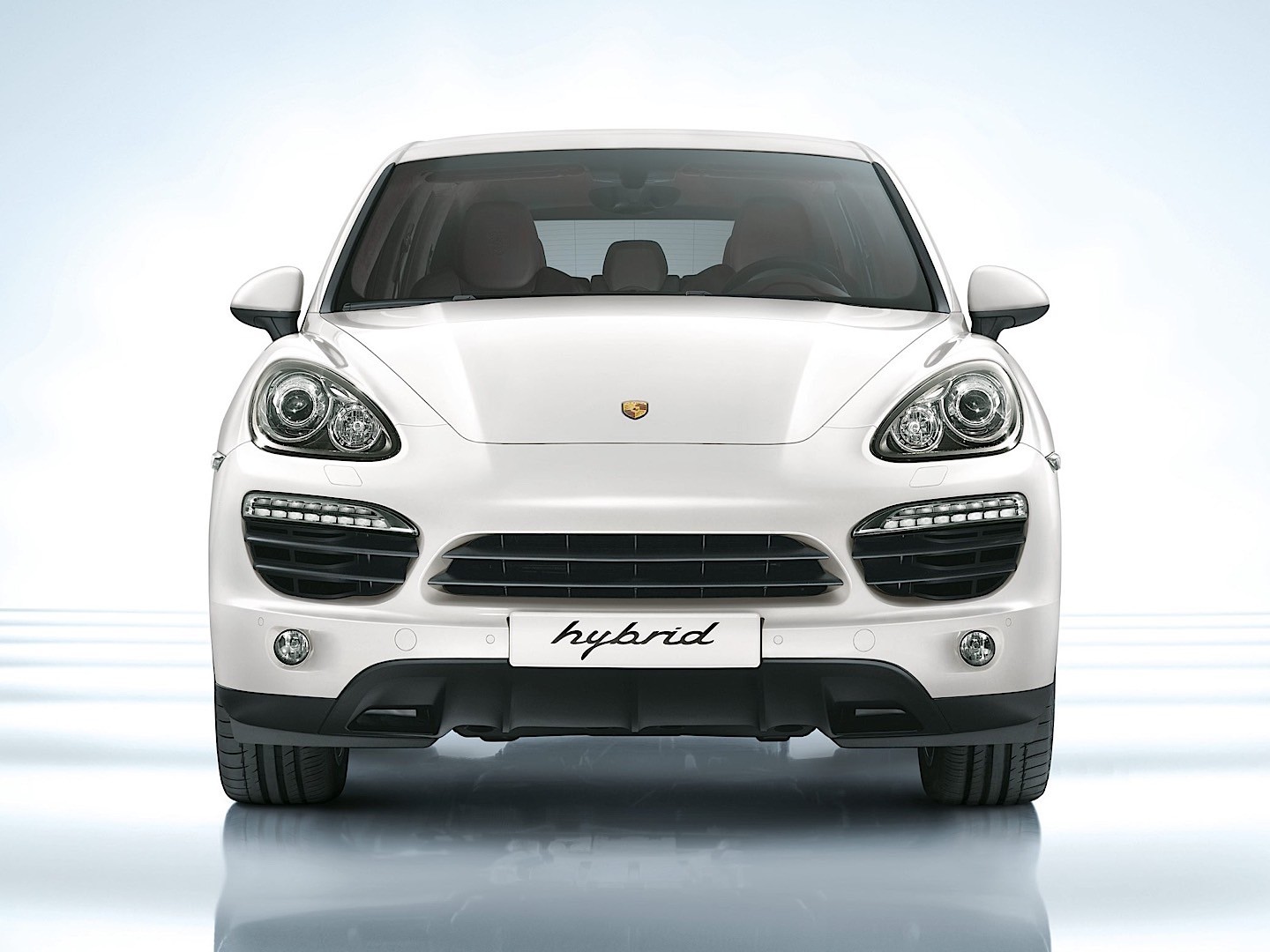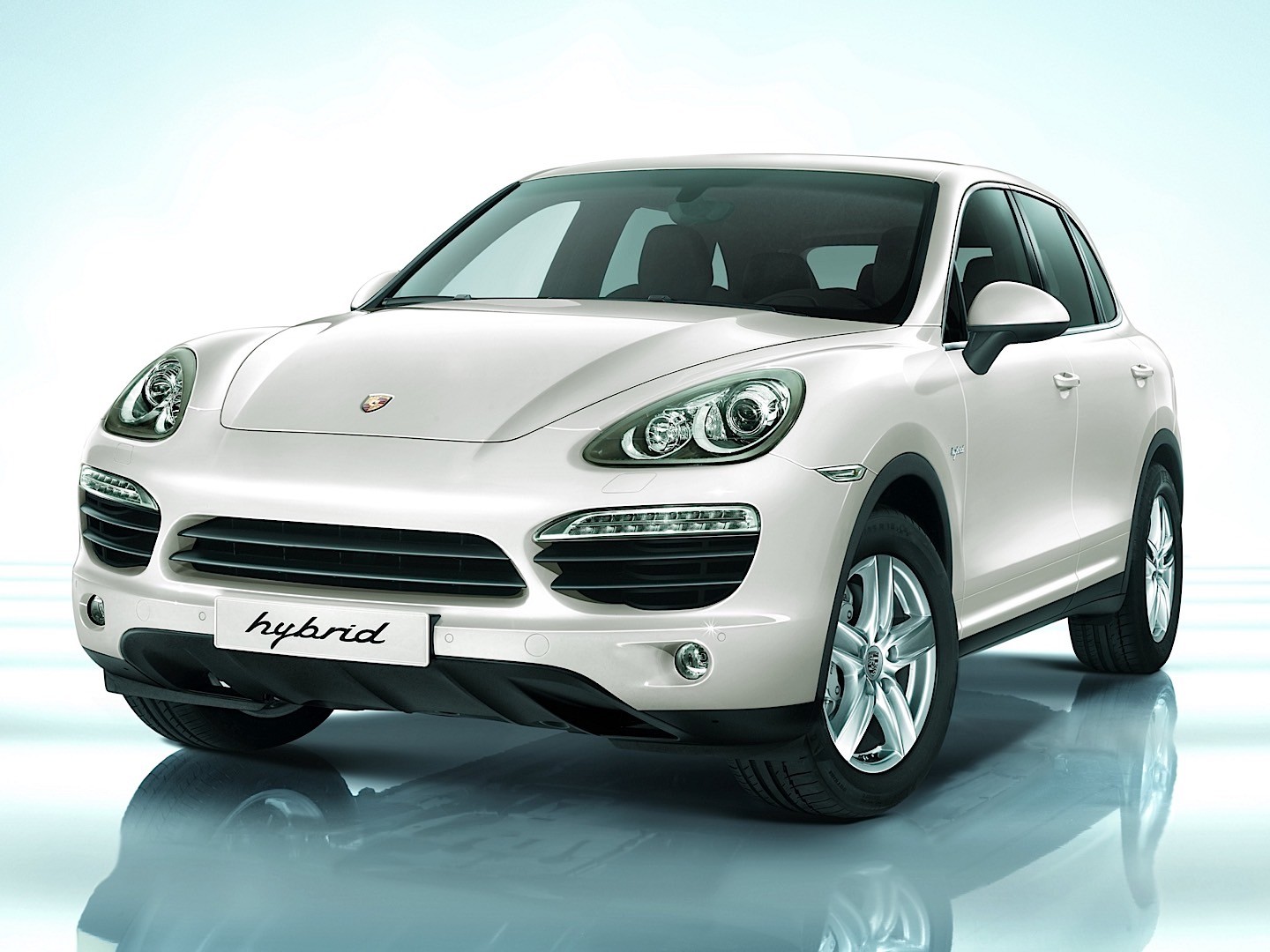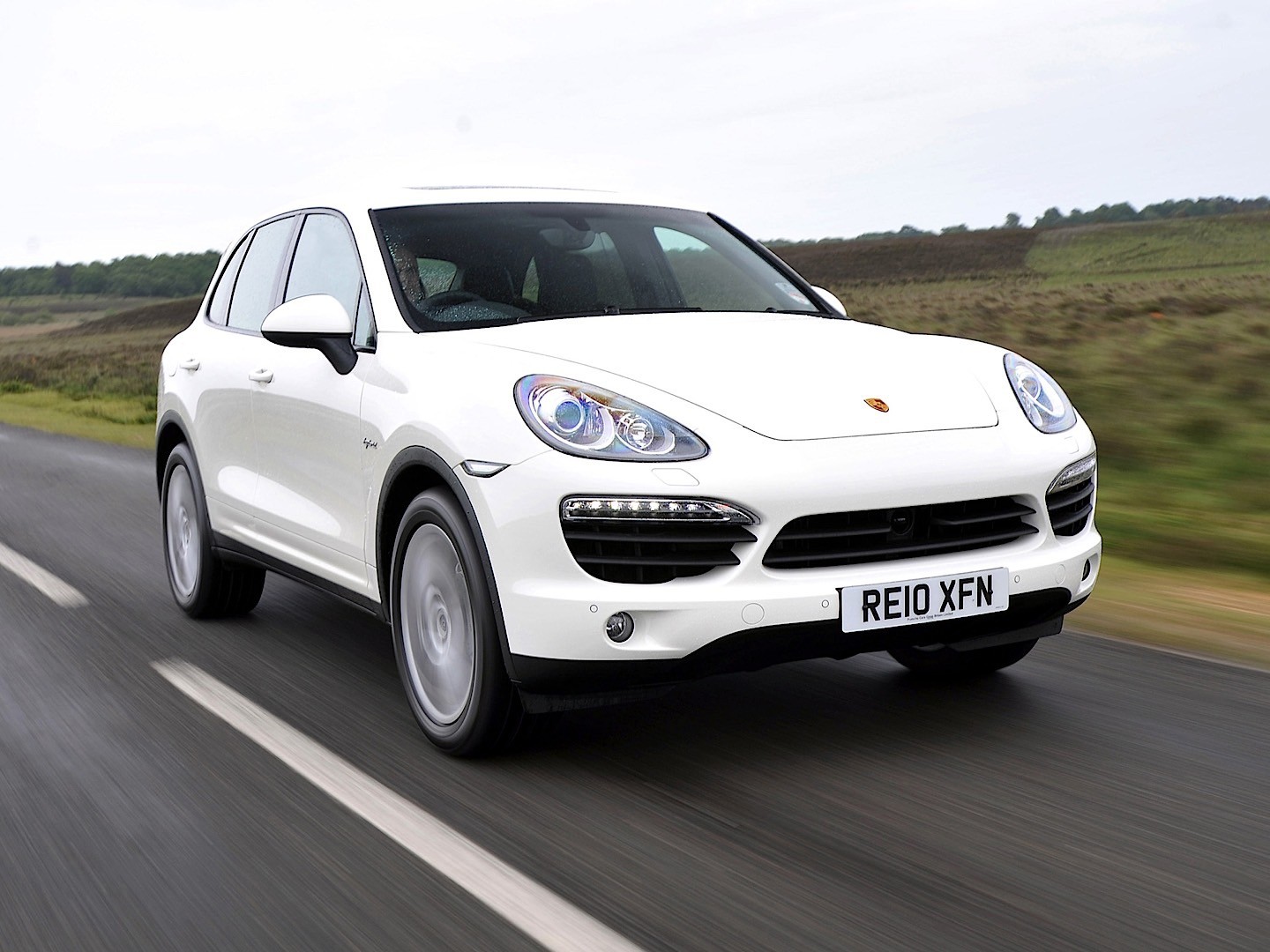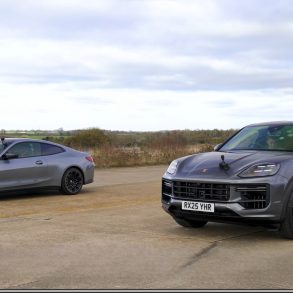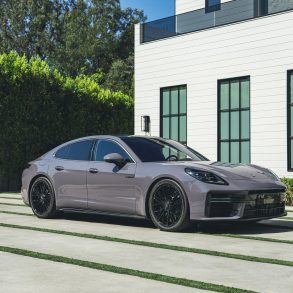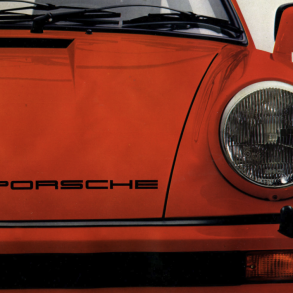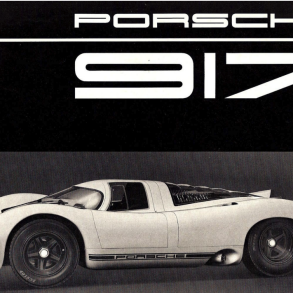(2011 – 2014) Porsche Cayenne S Hybrid – Ultimate Guide
The world was not yet recovered from the financial crisis and Porsche unveiled the second generation of its SUV lineup at the Geneva Motor Show in 2010.
After the shock of seeing the first Cayenne beating up in sales all the other models from its range, the Porsche management decided to build a better car. And they succeeded to do so and, on top of that, a hybrid version was included to fight against the Lexus RX Hybrid.
From the design point of view, the second generation of the Cayenne was not that much loved. Its front bumper was mounted too high and then extended with black moldings downwards, the headlights didn’t have a Porsche look, and, in the rear, the taillights were compared with those found on a Hyundai Santa Fe. Other than that, the car was big, offered a true SUV look, and imposed with its presence. Unfortunately, the Hybrid version was too subtle in showing its eco-friendly version. Some small badges of “Hybrid” were placed in the car. An option for green brake calipers was offered as an option.
Inside, the Cayenne Hybrid featured the same interior as the rest of the pack. That was a good thing in terms of practicality and comfort. The rear seats could slide back and forth to improve the legroom or the trunk space. Speaking of the trunk, that was big enough to carry almost everything with its 580 liters (20.5 cu-ft) standard volume that could have been extended up to 1690 liters (59.7 cu-ft).
The powerplant consisted of a 3.0-liter V6 supercharged gasoline unit and an electric motor. The internal combustion unit offered 333 hp while the electric motor did the rest of 47 hp. The whole system was mated to an 8-speed automatic gearbox.
Pictures
Press Release
Dr. Ing. h.c. F. Porsche AG, Stuttgart, is presenting the brand-new generation of the Cayenne Sports Utility at the Geneva Motor Show in early March.
The absolute highlight of this new generation is the world debut of the Cayenne S Hybrid with its technically highly sophisticated parallel full hybrid drive and fuel consumption in the New European Driving Cycle of just 8.2 litres/100 kilometres (equal to 34.4 mpg imp), which means CO2 emissions of just 193 g/km. The Cayenne S Hybrid therefore combines the performance of an eight-cylinder with the economy of a six-cylinder running on much less fuel.
Led by the Cayenne S Hybrid, all models in the new generation are trendsetters in efficiency and performance in their respective segments. Compared with the former models, fuel consumption is down by up to 23 per cent, since the new Cayenne, like every Porsche, has been developed according to the principle of “Porsche Intelligent Performance”: more power on less fuel, greater efficiency and lower CO2 emissions.
These objectives result, not least, from the introduction of the new Tiptronic S eight-speed automatic transmission with Auto Start Stop and a wide spread of gear ratios, thermal management on the engine and transmission cooling circuit, on-board network recuperation, variable engine cut-off and intelligent lightweight construction.
Thanks to its special combination of materials for optimum weight as well as changes in the overall concept of the vehicle such as the Cayenne’s new active and extra-light all-wheel drive, weight is down for example on the Cayenne S by 180 kilos or 400 lb – despite the improvement of product substance and an even higher standard of safety. This clearly has very positive effects not just on fuel consumption and CO2 emissions, but also on performance, agility and handling.
Benefiting from these features and new technologies, the new Cayenne offers even more driving pleasure both onroad and offroad, combined with even greater everyday driving qualities, enhanced comfort and supreme elegance. The completely new, sporting and elegant design of the new model integrates the 2010 Cayenne even more closely into the overall range of Porsche cars. The sports car-like character of the Cayenne comes out even more from all angles, just as the highlights in the shape and design of the car so typical of Porsche are also clearer than ever before.
Extra space inside and greater variability is ensured by the wheelbase now 40 mm or almost 1.6” longer. In all, the new Cayenne is 48 mm or 1.9” longer than its predecessor. But despite its larger exterior dimensions, the new generation of the Cayenne is nevertheless far more compact and dynamic. The most significant eye-catcher within the brand-new, high-quality interior is the centre console rising up to the front with its upright selector or gearshift lever, giving the interior the typical character of a cockpit upfront. The rear-seat bench moves fore-and-aft by 160 millimetres or 6.3”, with the backrest angle adjusting to three different settings.
Sales of the Cayenne in Europe are starting on 8 May, with Porsche offering the right model from the start for every customer: The range starts with the 3.6-litre V6 Cayenne. Despite the increase in engine power to 300 bhp, fuel consumption in the NEDC driving cycle in conjunction with optional eight-speed Tiptronic S transmission is down from the former model by no less than 20 per cent to 9.9 ltr/100 km, equal to 28.5 mpg imp.
The Cayenne Diesel with its 240 bhp (176 kW), 550 Newton-metre (405 lb-ft) three-litre V6 likewise reduces fuel consumption by 20 per cent, down from 9.3 to 7.4 ltr/100 km (equal to 30.4 mpg imp now improving to 38.2 mpg imp).
Fuel consumption is also down significantly on the high-torque Cayenne S with its 4.8-litre V8 power unit, in this case by 23 per cent to 10.5 litres/100 kilometres (equal to 26.9 mpg imp). At the same time the new engine delivers 400 bhp maximum output instead of the former 385 bhp, offering significantly better performance, just like all models in the new generation of the Cayenne.
This also applies to the Cayenne Turbo, with its 500 bhp (368 kW) 4.8-litre V8 biturbo consuming just 11.5 ltr/100 km (equal to 27.6 mpg imp) in the New European Driving Cycle, again 23 per cent less than its predecessor (14.9 ltr/100 km or 19.0 mpg imp).
Together with the Cayenne S Hybrid, no less than three of the five versions of the Cayenne thus consume less than ten litres of fuel per 100 km in the New European Driving Cycle, with two models emitting less than 200 grams of CO2 per kilometre. At 193 g/km, the Cayenne S Hybrid is not only the cleanest version of the Cayenne with the lowest level of emissions, but also the cleanest Porsche throughout the Company’s entire portfolio.
In the intelligent interaction of the three-litre supercharged V6 and the electric motor, the Cayenne S Hybrid focuses on maximum efficiency from the overall system. Depending on driving conditions, the vehicle reaches this target with either only one drive unit operating by itself or with both drive units working together. In this context the 34 kW (47 hp) electric motor is of course the ideal partner for the 333 hp compressor engine with its high torque at low speeds. Together, the two drive units deliver maximum system output of 380 bhp and peak torque of 580 Nm/427 lb-ft at just 1,000 rpm, with the same kind of performance as the Cayenne S with its V8 power unit.
The two drive units are connected to one another by a separator clutch masterminded by the Hybrid Manager. Indeed, this separator clutch is essential to run the Cayenne S Hybrid either on its electric motor or combustion engine alone, or with both drive units operating together. Given a reserved, moderate style of motoring, for example in a residential area, this allows the driver to cover short distances on electric power alone and therefore absolutely free of emissions and with hardly any noise, driving at a speed of up to 60 km/h or almost 40 mph.
To ensure fast acceleration when setting off, the electric motor may however serve to provide additional thrust through its boosting effect. Intelligent management of the separator clutch makes the transition among the hybrid-specific driving modes most inconspicuous, comfortable and quick for the driver. At the same time the combustion engine may be completely switched off at speeds of up to 156 km/h or 97 mph, being fully disengaged from the drivetrain when no further power is required. In this so-called sailing mode, cruising along without power, the drag forces exerted by the combustion engine and their braking effect are eliminated in the interest of lower drive resistance and fuel consumption.
The prices of the new Cayenne models in Germany including national specifications and 19 per cent value-added tax (Euro base prices without national specifications and 19 per cent VAT in brackets) are as follows:
Cayenne 55,431 Euro (46,400 Euro)
Cayenne Diesel 59,596 Euro (49,900 Euro)
Cayenne S 72,686 Euro (60,900 Euro)
Cayenne S Hybrid 78,636 Euro (65,900 Euro)
Cayenne Turbo 115,526 Euro (96,900 Euro).


